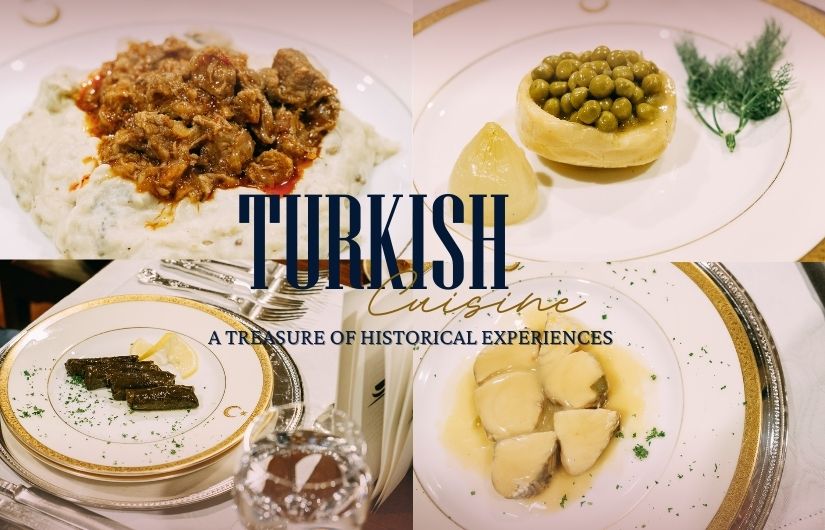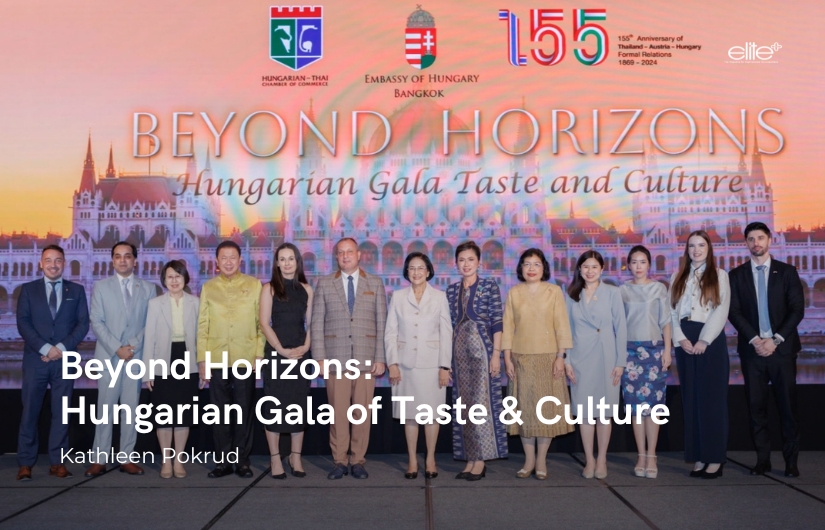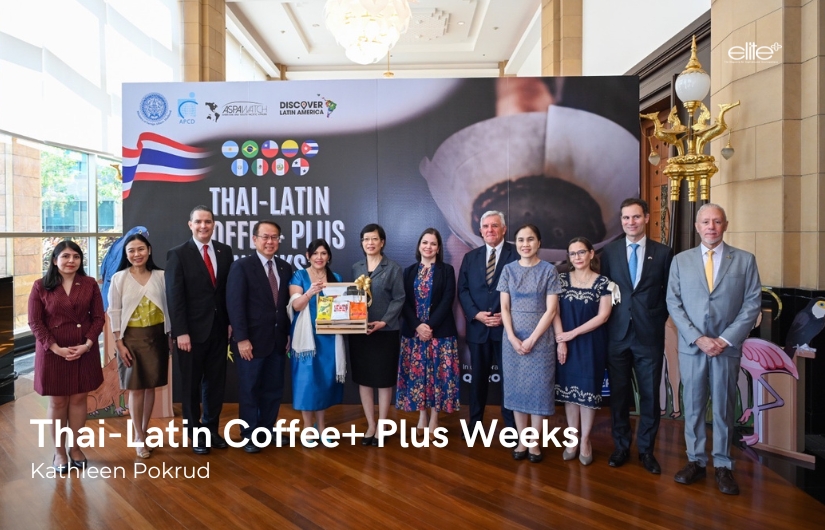Turkish cuisine: A treasure of historical experiences
By Kathleen Pokrud
Photos by Jenny Chan and Teresa Biesty
Turkish cuisine is well-known for its exotic flavors, diverse ingredients and combination of influences from various cultures, which have resulted in a unique culinary tradition. I sat down with HE Ambassador Serap Ersoy to learn about Turkish cuisine and its history.
Ambassador Serap began by saying, “Turkish cuisine, combined with historical experiences, is a vast treasure, a journey that began centuries ago. Throughout this journey, it has been enriched by various cultures and civilizations such as the Hittites, Urartians, Phrygians, Greeks, Romans and Ottomans.”
She further elaborated, “The essential elements of Turkish cuisine have been shaped by the eating habits of Turks who migrated from Central Asia to Anatolia beginning from the 11th century. The culinary habits that Turks brought from Central Asia blended with the cuisines of the settled communities in Anatolia, and through the interaction of Turkish, Arab-Iranian and Byzantine culinary cultures, new eating habits emerged.
“Meanwhile, shaped and enriched by the Ottoman Royal kitchen and cosmopolitan environment where different cultures and traditions blended seamlessly, İstanbul cuisine thrived beginning in the 15th century, and, with the addition of the treasures of the New World, such as potatoes, tomatoes and corn, it was further enriched, forming the foundations of modern Turkish cuisine.
“Ottoman culinary heritage not only shaped our eating habits today, but influenced the cuisines of several countries in the Balkans, Eastern Europe, North Africa and the Middle East. Many flavours such as baklava, dolma, sarma (stuffed leaves), kebab, pilav, güveç (hot pot), kadayıf, halva, döner, yogurt, moussaka, Turkish delight and Turkish coffee are an extension of the Ottoman culinary heritage which is still very much alive.”
Ambassador Serap highlighted that Turkish cuisine is unique. “Apart from our rich and diverse historical heritage, Turkish culinary characteristics reflect our national and cultural identity perfectly. Each morsel of food not only includes nutritional values, but also conveys history, culture, faith and experiences. Our dining tables have become a symbol of the spirit of sharing and solidarity, which is the essence of our character. To date, dining tables have been one of the most powerful forms of communication, a means of connecting and bringing people together. Dining tables that act as an intermediary for humanity, hospitality and generosity also convey our ancient family culture.
“Every aspect of our lives and experiences are reflected at our dining tables. Dining tables prepared during festivals, weddings and even funerals bring us together, help us share our happiness and alleviate our hardships. In this modern world where people are forced into more isolated lives, Turkish cuisine emphasizes a strong sense of community.”
Another important characteristic of Turkish cuisine that Ambassador Serap emphasized is that it creates a delicate balance between the body, soul and life. She expanded, “For example, when someone says, “To your good health,” when they are eating, this indicates that the main purpose of eating is being healthy. Owing to this, foods that have curative qualities are widely recognized. Recipes for meals that heal the sick, restore the weak and soothe the soul have been handed down from generation to generation. In this respect, Turkish cuisine is like an antidote against the destructiveness of industrialized food.”
Ambassador Serap admitted that dishes like kebab and baklava are popular throughout the world; however, Turkish cuisine is not sufficiently or duly recognized globally. It is so much more diverse and richer than it is portrayed as it corresponds so well with the rising gastronomic trends around the world. Therefore, it should be known to wider audiences, in all its richness and complexity.
She is happy with Turkish cuisine’s rising popularity and has strived to introduce it to Thai audiences by organizing different events. For example, during this year’s Turkish Cuisine Week, the Embassy hosted the beauty queens of Thailand at the Ambassador’s Residence together with their guest chefs from Türkiye where they shared unique Turkish dishes. The Embassy also participated in the Bangkok Metropolitan Administration’s Foodie Fest back in May and displayed a variety of Turkish dishes in Bangkok’s gastronomic hub, Chinatown.
There are regional differences in Turkish Cuisine. Anatolia has a unique and vast geography, and from west to east and north to south, ingredients, eating habits and dishes can differ quite a lot. For example, the Aegean coast in the west and Mediterranean coast in the south have lighter dishes with vegetables that are prominent and olive oil is abundant. Tastes of these regions bear similarities to cuisines of other Mediterranean countries, like Italy and Spain.
The Black Sea coast is bordered by a vast mountainous range that runs parallel to the sea shore. This geographical occurrence denies large agricultural fields and pushes people to settle scarcely throughout the region. As a result, fishing, husbandry and staple agricultural products of the region, like corn, hazelnuts, tea and honey, influence the food culture.
The Marmara region is a combination of neighbouring regions. It is also home to İstanbul and it blend of rich cultural heritage over many centuries. The old imperial capitals of Bursa and Edirne are located in Marmara as well, resulting in a wide variety of dishes of every kind.
Inner parts of Anatolia rely more on grains, legumes and small cattle. As a result, these parts accommodate a more modest, but equally rich food culture. These areas are also home to many indigenous grape varieties and successful wineries.
Eastern Anatolia is mountainous and can be quite cold. Mountainous terrain limits agriculture in comparison with the southern coast. So, food of Eastern Anatolia is heavier with proteins and fats. Also, Eastern Anatolia is where Turks started to settle in the Seljuk era. Therefore, dining tables feature traditional dishes with nomadic roots as well.
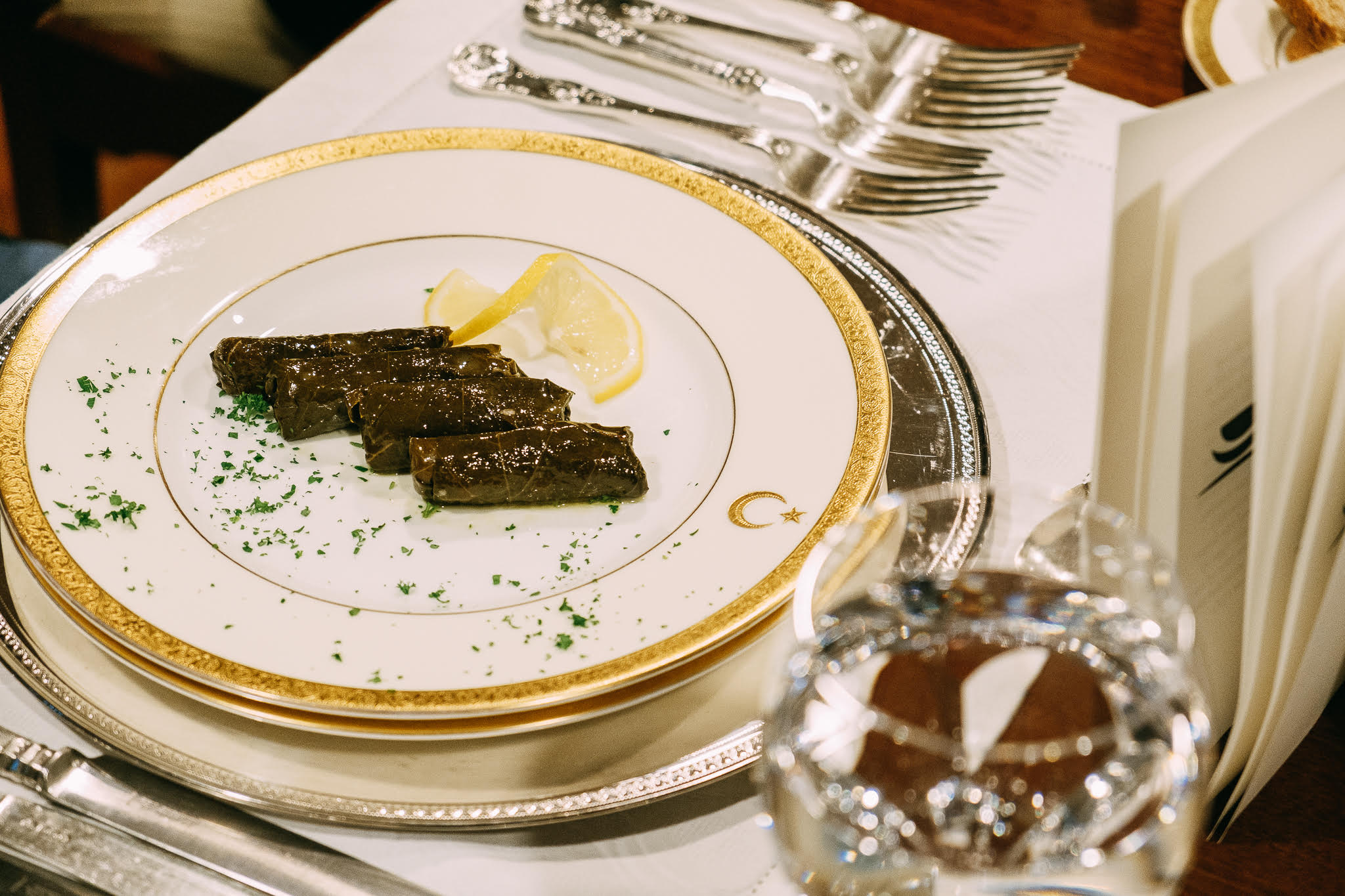
Lastly, there is southeastern Anatolia, which borders the Middle East and has been influenced by Levant cuisine. It is a hot and dry climate, so spices, legumes, proteins and vegetables are found in their cuisine. Cities like Gaziantep and Hatay, which are a part of the UNESCO Creative Cities Network, feature the most famous dishes of Southeastern cuisine.
On the evolution of Turkish cuisine, Ambassador Serap commented, “Apart from this vast geographical diversity, Turkish cuisine is constantly changing and reinventing itself. Even in our relatively recent history, the 18th and 19th centuries, the introduction of new world fruits and vegetables such as potatoes, tomatoes, corn and beans, drastically changed our cuisine. A lot of dishes we would call “staple” today, have been invented relatively recently.
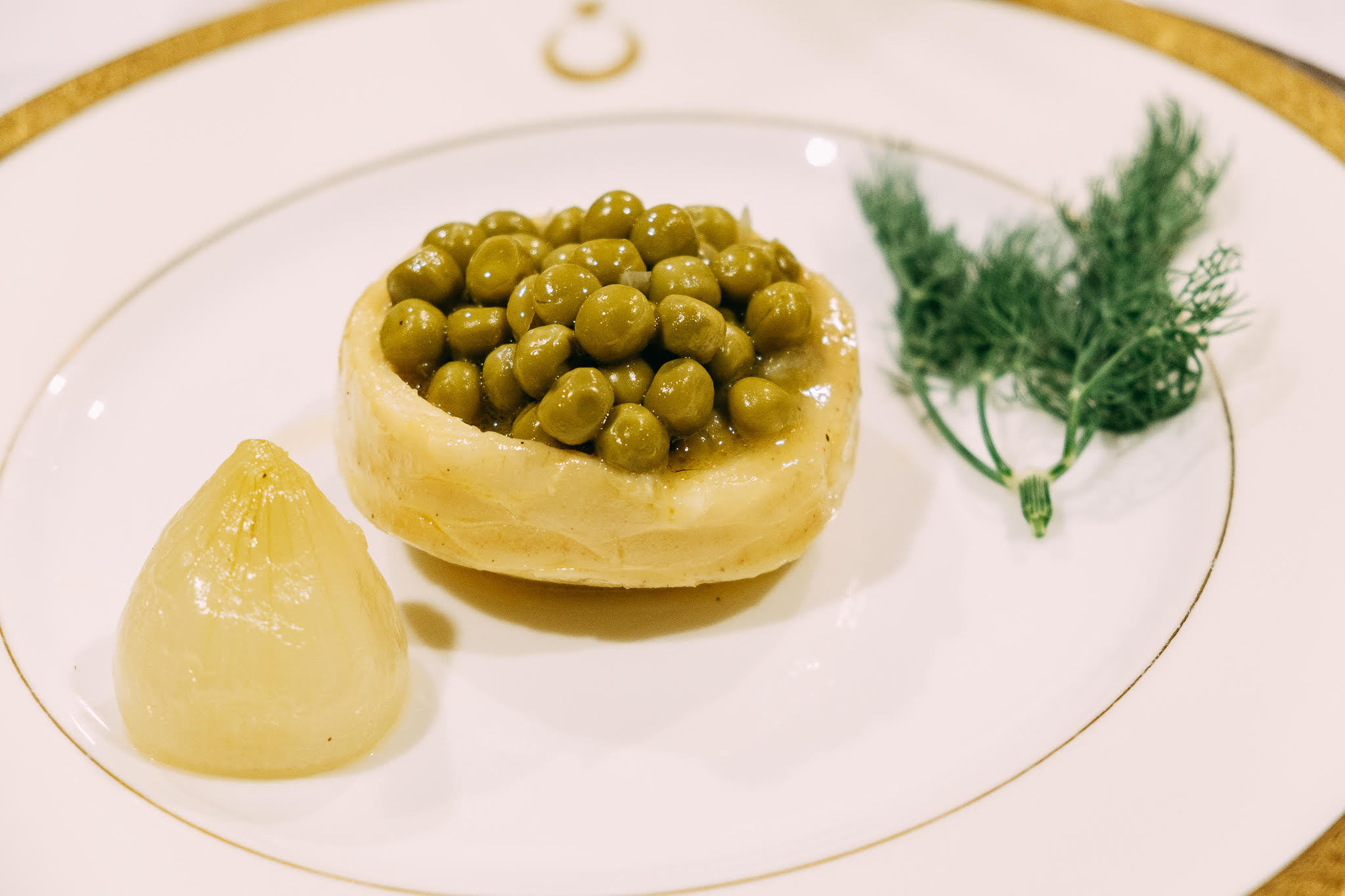
In the last few decades, migration to large urban areas and the industrialization of cuisine have affected how and what people eat. In the countryside, local culinary traditions continue to be prevalent. However, eating habits of urban populations now lean towards convenience rather than tradition, resulting in simplified versions of our dishes, readily available in chain restaurants. However, especially in the last decade, dedicated and talented people have stepped up to rediscover Turkish cuisine, trying to preserve the cultural heritage by studying and recreating its centuries old traditions. Many young Turkish chefs are making a name for themselves on the global culinary scenery by bringing our gastronomic heritage to match with contemporary trends. Of course, digitalization and connectivity has hastened the process of rediscovery, but let us not forget the driving force behind this pursuit. We, Turks, are bonded by our cuisine. The motivation to develop it further is very great.”
As our interview drew to a close, Ambassador Serap emphasized, “A renaissance is taking place nowadays with Turkish cuisine, especially in İstanbul. Variety and sustainability are demanded in agricultural products. Local produce are sought after; traditional recipes are rediscovered while traditional and contemporary dishes are synthesized. Sustainability, zero-waste and health of Turkish cuisine are being embraced once again. With this trend, the Michelin guide has recently expanded to include İstanbul with more cities in its radar for the near future.”


